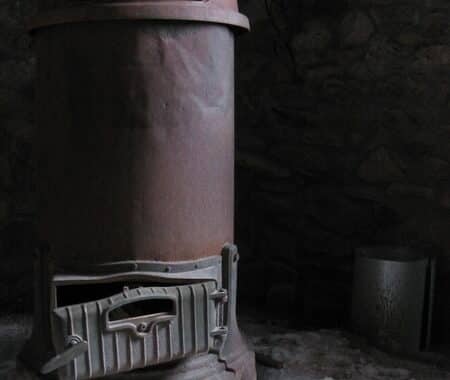GUARANTEED COMFORT & AFFORDABILITY
Whether you need heating, air conditioning, or indoor air quality services, we have an HVAC contractor ready to handle the job.
Working Hours : Monday to Friday (7am - 5pm)

A furnace is a vital part of a home in Colorado. Can you imagine getting through any winter without your furnace? It’s certainly not something you want to think about, much less actually go through.
Because we must rely so heavily on our furnaces here, we put a lot of “miles” on them. Eventually, even with the best routine maintenance and diligent repairs, those miles will catch up with your furnace and you’ll need to arrange for a replacement. How long can you expect to have your furnace around before then? We’ll look into this more below.
Once upon a time, furnaces could last 30–40 years. But these were old cast iron furnaces, and the trade off for that longevity was a less effective heating system that cost much more to run and wasn’t as safe to use. The modern furnace is more efficient, safe, and powerful—but it does have a shorter service life.
For natural gas furnaces, the average service life is 15–20 years. Electric furnaces often last longer, since they don’t have the effects of combustion to wear them down. This life expectancy takes maintenance into consideration. If a furnace doesn’t have annual maintenance, its service life will drop. A furnace that might easily make it to 15 years might not even clear 10 if it doesn’t have maintenance.
Repairs also affect a furnace’s lifespan. Neglecting to get repairs done promptly will cause a furnace to wear down faster, so always stay on top of any furnace repair in Parker, CO that you need. It not only means a longer life for the furnace, it helps to keep the furnace working at its highest safety and efficiency levels.
Once your furnace is over 15 years old, we recommend paying close attention to indications that it’s starting to wear down. You should always pay attention to signs like this, but for a younger furnace they often indicate a need for a repair.
These are the main indications of an older furnace that’s on its way out.
If you feel on the fence about a furnace replacement, make an appointment with Peak Home Performance. We’ll help you determine the best course forward. “Guaranteed Comfort and Affordability.”
Leave a Reply